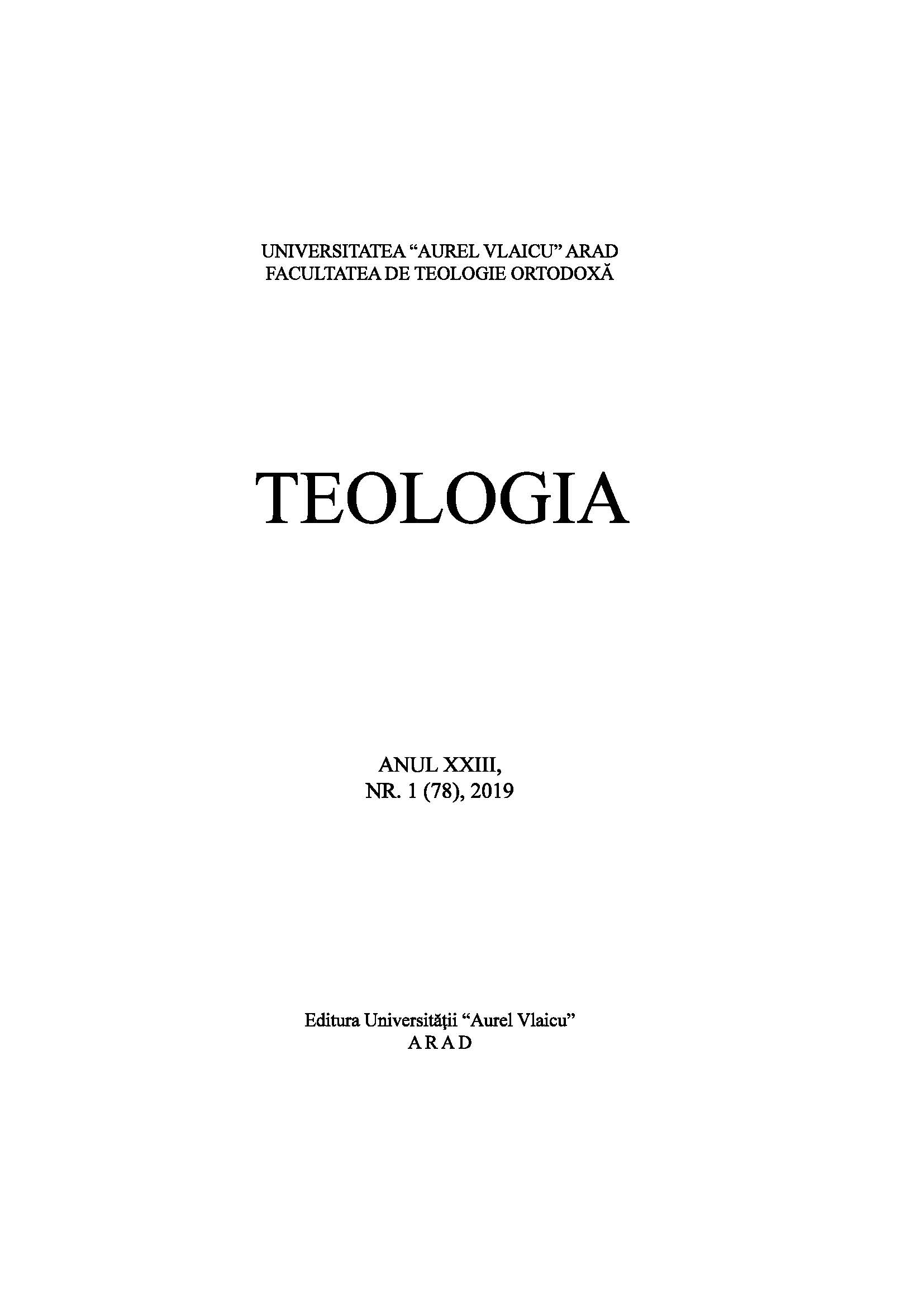The Synodality of The Romanian Orthodox Church in the Modern and Contemporary Period (from 1864 to Present)
The Synodality of The Romanian Orthodox Church in the Modern and Contemporary Period (from 1864 to Present)
Author(s): Cosmin PanturuSubject(s): Theology and Religion, Canon Law / Church Law
Published by: Editura Universității Aurel Vlaicu
Keywords: Modem Age; synodality; joint synodal governance; Holy Synod; National Church Assembly;
Summary/Abstract: The Orthodox Church is governed by synodality, which is one of its organizational principles. Over time, the "synodality" of the Romanian Orthodox Church manifested itselfbefore the modem epoch of the Romanian countries marked by the ascension to thethrone of Alexandru loan Cuza. Through its reforms, the Church gained "unitarygovernance" legally (1864), not being dependent on any "foreign hierarchy".The same status was recognized to the Orthodox Church in Transylvania after theannexation of this principality by Romania (1918). Subsequent to the recognition ofautocephaly (1885), the Church was raised to the rank of patriarchy (1925).Nowadays, the Holy Synod of the Orthodox Church includes all the active hierarchs.Alongside the Holy Synod, the National Church Assembly functions as a mixeddeliberative collegial body, made up of clergy and laymen from each eparchy. Thespecific attributions were stipulated in the Statute of the Romanian Orthodox Churchin 1925, 1948 and 2008.
Journal: Teologia
- Issue Year: 78/2019
- Issue No: 1
- Page Range: 97-117
- Page Count: 18
- Language: English

